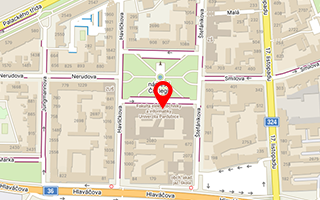Publication detail
Navigation of robotic platform with using inertial measurement unit and Direct Cosine Matrix
Authors:
Beran Ladislav | Chmelař Pavel | Dobrovolný Martin
Year:
2014
Type of publication:
článek ve sborníku
Name of source:
56th International Symposium ELMAR-2014
Publisher name:
IEEE (Institute of Electrical and Electronics Engineers)
Place:
Los Alamitos
Page from-to:
87-90
